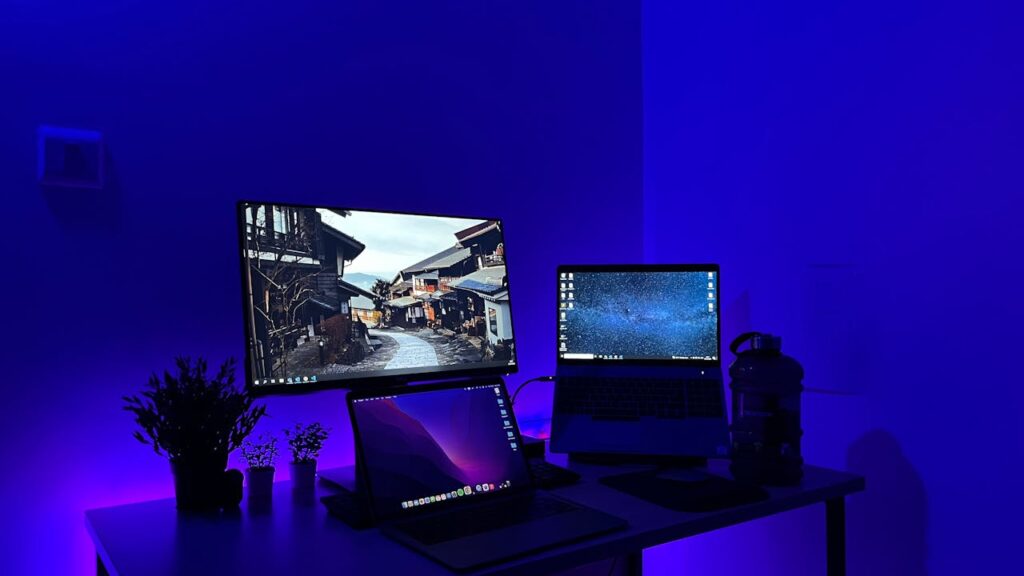The gaming industry has undergone a remarkable transformation since the inception of home consoles in the late 20th century. From primitive systems to today’s powerful machines, each generation has brought innovations that have reshaped how we interact with games. This article delves into the evolution of gaming consoles, exploring key milestones and trends, while also offering insights into what the future may hold. With advancements in technology, changes in consumer behaviour, and emerging platforms, understanding these dynamics is crucial for enthusiasts and industry stakeholders alike.
Gaming consoles have become an integral part of modern entertainment, evolving from simple devices to sophisticated multimedia systems. As technology advances, so does the landscape of gaming. This article will explore the key phases in the evolution of gaming consoles and speculate on what the future might bring, making it essential reading for gamers and tech enthusiasts alike.
What was the first gaming console? The first gaming console is widely considered to be the Magnavox Odyssey, released in 1972. It laid the foundation for future consoles by bringing video game experiences into the living room.
How have gaming consoles changed over the years? Consoles have evolved from basic hardware with simple graphics to advanced systems capable of handling high-definition graphics, online connectivity, and virtual reality experiences.
What can we expect in the future of gaming consoles? The future of gaming consoles may include greater integration of cloud gaming, enhanced virtual and augmented reality experiences, and more emphasis on cross-platform functionality.
The Birth of Gaming Consoles
Gaming consoles began their journey in the early 1970s, with the introduction of the Magnavox Odyssey. This groundbreaking device represented the first attempt to bring interactive entertainment into homes.
- Limited Graphics: The Odyssey used simple shapes and monochrome visuals, which paved the way for graphical improvements.
- Interchangeable Cartridges: Introduced the concept of cartridges, allowing users to change games easily.
- Basic Controllers: Featured two controllers with knobs, emphasizing simplicity in gameplay.
- Cultural Impact: Although sales were modest, it sparked interest in home gaming, laying the groundwork for future innovations.
The Golden Age of Consoles
The late 1970s to 1980s marked the Golden Age of Consoles, characterized by the surge in popularity of home gaming systems like the Atari 2600 and the Nintendo Entertainment System (NES).
- Atari 2600’s Popularity: Revolutionized gaming with its cartridge-based system, leading to a plethora of game options.
- Rise of Nintendo: The NES revitalized the gaming market after the crash in 1983, introducing iconic franchises like Mario and Zelda.
- Enhanced Graphics: Transitioning from 8-bit to 16-bit offered richer graphics and sound, enhancing user experience significantly.
- Expanded Game Library: A diverse range of genres emerged, from platformers to RPGs, catering to various audiences.
The 3D Revolution
The 1990s ushered in a new era with the introduction of 3D graphics, transforming how games were developed and played. Consoles like the Sony PlayStation and Nintendo 64 dominated this period.
- PlayStation’s Impact: Sony’s entry into the market established a new standard, emphasizing CD-ROMs for storage, allowing much larger games.
- 3D Graphics Engines: Enabled developers to create immersive worlds, changing gameplay mechanics fundamentally.
- Online Capabilities: Early forms of online play emerged, setting the stage for future multiplayer experiences.
- Expanded Audience: The rise of 3D games attracted a broader demographic, including adult gamers.
The Era of Online Gaming
As the millennium turned, online gaming became a significant focus for console manufacturers, leading to a new era defined by connectivity.
- Xbox Live Launch: Microsoft’s Xbox introduced robust online services, enabling players to connect and compete globally.
- Digital Downloads: Shift towards digital marketplaces allowed for instant access to games and updates.
- Social Connectivity: Integration of social features transformed gaming into a more communal experience.
- Cross-Platform Play: Breaking down barriers between consoles, allowing friends to play together regardless of their system.
The Future of Gaming Consoles
Looking ahead, the future of gaming consoles appears poised for exciting developments shaped by emerging technologies and shifting consumer behaviors.
- Cloud Gaming: Services like Google Stadia and Xbox Cloud Gaming are redefining the need for physical hardware.
- Virtual Reality: VR technology is becoming more accessible, offering fully immersive gaming experiences.
- AI Integration: Enhanced AI can personalize gaming experiences and improve NPC behavior.
- Sustainable Practices: Growing awareness of environmental issues could lead to greener manufacturing processes for consoles.
The evolution of gaming consoles reflects not only technological advancements but also changes in culture and consumer expectations. As we look to the future, the gaming industry must adapt to new challenges and opportunities, from cloud gaming to sustainability. By understanding the past and present, we can anticipate the next wave of innovation that will further transform our gaming experiences.










